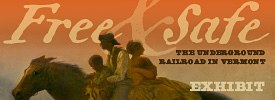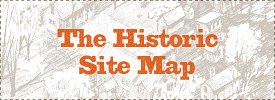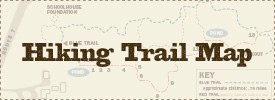The Inspiration of Place
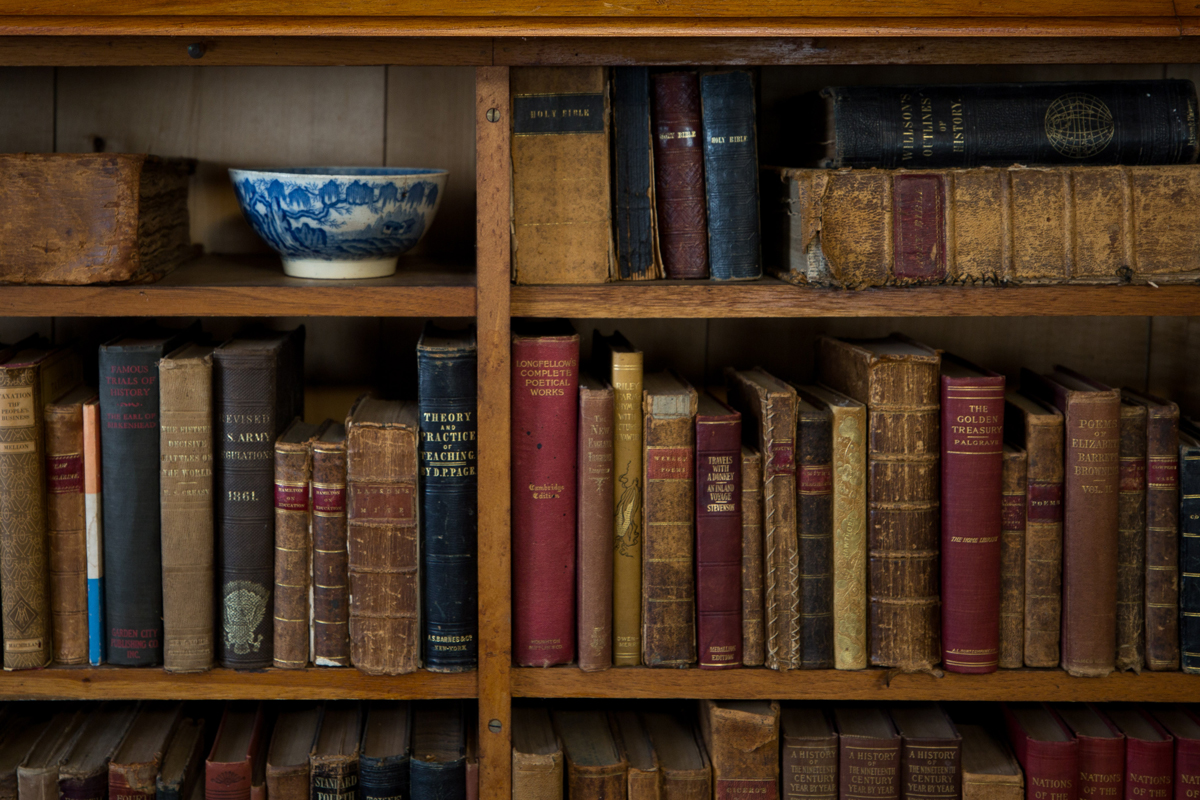
Commentary By Ric Kasini Kadour
Curator of Contemporary Art at Rokeby Museum
Over the winter, in preparation for the launch of Contemporary Art at Rokeby Museum and a series of programs designed to engage with artists, I have been engaged in a deep dive into Rokeby Museum and the family that lived there. In addition to reading everything I can about the abolitionist movement in Vermont and the Underground Railroad; Vermont’s changing, pastoral landscape; and what it meant to be a 19th century artist in rural America, I’ve been reading letters to and from various members of the family and the writing of Rowland Evans Robinson (1831-1900).
Rowland Evans was the grandson of Thomas and Jemima Robinson, the first of the family to live at the property, and the son of Rowland Thomas and Rachel Gilpin Robinson, the radical abolitionists and religious perfectionists who opened their home to fugitive slaves. Because of his extensive writing and publishing, Rowland Evans was perhaps the most famous of the Robinson family. Through a lengthy series of books and articles, he introduced the world to Vermont and yet, in spite of his fame, he remained a humble, grounded Vermonter. On his death in 1900, the great Vermont literary maven Julia C. Dorr wrote in The Atlantic:
To turn from what he wrote to what he was is a pleasing task, for the man was greater than his books. In person Mr. Robinson was strikingly like the late Francis H. Underwood, so well known to many readers of The Atlantic: tall, well built, with a ruddy color that he kept almost to the last. His eyes were blue. His hair and his patriarchal beard had been snow-white for many years, but in his younger days they were a rich reddish, or golden, brown. Entirely unassuming, with faith in his own powers, yet with seemingly very little idea that they were recognized by others, he was the most modest of men. A few years ago a club in a Vermont town dramatized Danvis Folks, after a fashion, for the benefit of a local charity, and put it on the stage. The author was invited to be present on the opening night, and he accepted. As he entered the crowded hall, guided by a friend on either hand, the audience, recognizing him, broke into loud applause. He paid no attention to it, but quietly felt his way to the chair assigned to him. As he seated himself, he said, with a smile: “They seem to be in very good spirits here. Whom are they applauding now?”
“Why, Mr. Robinson, they are applauding you!” was the reply. “Don’t you know that you are the hero of this occasion?” And he sank back in his chair with an air of bewilderment and surprise that was unmistakable. That he should be applauded had never entered his brain.
In addition to being a writer, Rowland Evans was also an artist. As a young man, he would take the train to New York City to seek work as an engraver and illustrator. His letters from 1858 and 1859 tell a story of a young artist, seeking work in the city, missing home, managing his money, but trying to make it on his own. He writes on January 10, 1859, “Saturday I spent at home drawing on wood and today took two blocks, the result of my labors, to T. W. Strong, who gave me three dollars for them. The blocks cost me half a dollar so that I made $2.50 by staying at home.” To celebrate the success, he bought a new hat. A week letter, he writes to his brother, “If you think of any good jokes for illustration send ‘em along.” Eventually, he returned to life at Rokeby.
Part of what makes Rowland Evans’ writing so remarkable is that he sees the world as an artist and illustrator. In The Atlantic, Dorr wrote about his keen sense of observation. “Then it was that his ardent love of Nature, his intimate knowledge of her deepest secrets, his admission into her very holy of holies, stood him in good stead. From boyhood he had been a keen sportsman, sharp-eyed, strangely observant, familiar with all the ways of woodland creatures; reading leaf and flower, moss, lichen, and fungus, the phenomena of the changing seasons, dawn and sunset, moonshine and starbeam, the hoary frost and the dew of summer nights, as one reads from an open book. Few persons ever see as much as did Rowland Robinson. No minutest detail escaped him. He knew the haunts of every wild thing as he knew the path to his own fireside.” One only has to pass some time on one of Rokeby’s trails to understand how powerfully inspiring the land can be.
*****
When Rokeby opens on May 19, 2019, we invite artists to visit, learn about Rokeby, and discover this inspiration for themselves and make art at the site.
On June 8, 2019, we will hold the Art Meets History Symposium for those who want to explore how contemporary art can work with history to engage the public. The event is free for Rokeby Artist Members.
Artists who become members and make art at Rokeby will be invited to participate in the Art Rokeby Festival on August 24th, 2019, day-long festival where Rokeby Artist Members share their work in exhibition. The day will include an artist market, presentations, kids’ art making, and live demonstrations.
In September, we will hold Rokeby Artist Lab, a four-day intensive of workshops and discussions designed to foster the integration of history and contemporary art into an artist’s practice.
Your support is critical to the success of this program, please consider making a donation to support this program.
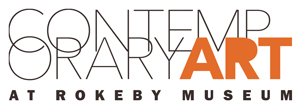
About Contemporary Art at Rokeby Museum
Contemporary Art at Rokeby Museum is an ambitious two-year project designed to engage artists and the public with Rokeby Museum archives, objects, buildings, and land. Project activities will demonstrate how contemporary art can pick up the unfinished work of history and foster civic engagement in social, economic, and environmental justice issues. In 2019, Contemporary Art at Rokeby Museum will present two exhibitions, introduce an artist membership program, conduct a symposium about the relationship between art and history, and host an artist lab designed to support the development of an artist’s practice. Artists will be invited to make art at or about Rokeby Museum and their work will be shared online and at a festival in August. Contemporary Art at Rokeby Museum is a collaboration with Kasini House. rokeby.org/contemporary
 Rokeby Museum
Rokeby Museum
